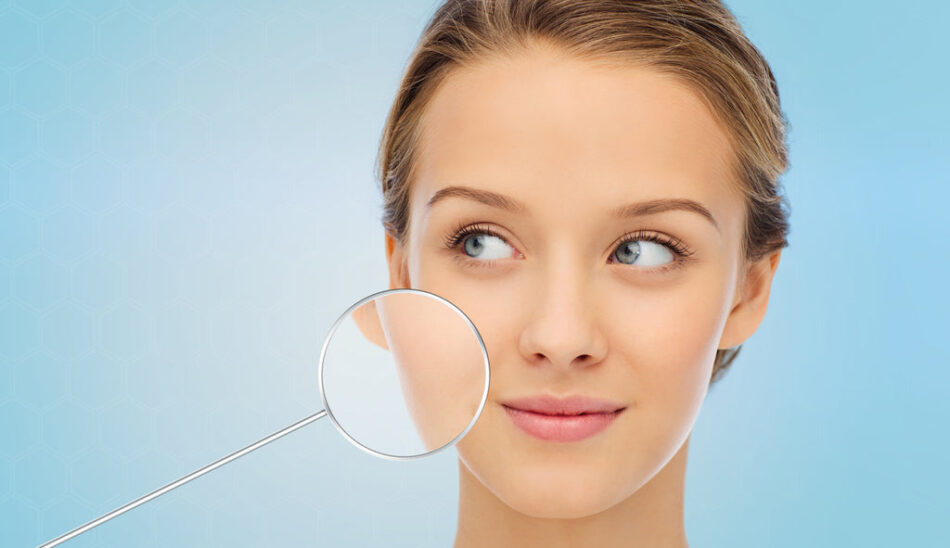Skin whitening (also referred to as skin lightening or brightening) involves reducing melanin to achieve a lighter or more even skin tone. While it is widely practiced across the globe, safety remains paramount due to serious health risks associated with some ingredients.
This guide will walk you through safe usage, ingredient awareness, professional considerations, and best practices to protect both your skin and overall health.
1. Understand the Risks
1.1 Harmful Ingredients to Avoid
Some common skin whitening(علاج تبييض البشرة) agents are known for detrimental effects:
- Mercury — Though banned in many countries, some illicit creams still contain mercury, which can lead to neurological issues, kidney damage, vision loss, and more.
- Hydroquinone — This ingredient interferes with melanin production but has a controversial safety profile. It’s banned or restricted in several regions and can cause ochronosis, DNA damage, and possible carcinogenic effects.
- Corticosteroids — Often used in skin bleaching combinations, they carry risks like skin thinning, glaucoma, menstrual issues, and systemic effects.
These chemicals underscore the necessity for vigilance in product selection and use.
1.2 Cultural Pressures and Ethical Concerns
The enduring colonial legacy and colorism amplify demand for lighter skin shades in many regions. This not only impacts self-esteem but also drives the unsafe use of bleaching agents.
2. Consult a Dermatologist First
Before starting any regimen, consult a board-certified dermatologist. They can:
- Diagnose underlying pigmentation issues (like melasma or post-inflammatory hyperpigmentation).
- Recommend safe products and protocols.
- Monitor side effects, especially for potent agents like hydroquinone.
Using whitening treatments under medical supervision significantly reduces risks compared to self-prescribing.
3. Choose Safe & Gentle Ingredients
Opt for clinically tested, mild alternatives, such as:
- Vitamin C
- Niacinamide
- Kojic acid
- Azelaic acid
These ingredients are regarded as safer and effective for improving tone without harsh side effects
Always check that products are legally allowed and properly formulated—avoid ones sold without labels or from unreliable sources.
4. Patch Test Before Full Application
Establish skin tolerance with a patch test before wider use:
- Apply a small amount on the inner forearm or behind the ear.
- Wait 24–48 hours and observe for redness, itching, or swelling.
- Discontinue use if reactions occur.
This simple step is essential to prevent adverse reactions.
5. Apply Correctly and with Care
5.1 Pre-Application Preparation
- Cleanse gently to remove oils and impurities.
- Lightly exfoliate if needed, but avoid overdoing it.
5.2 Application Tips
- Use a pea-sized amount—concentrated application is usually sufficient.
- Apply evenly with fingertips or a cotton pad.
- Avoid vigorous rubbing.
5.3 Post-Application Essentials
- Wait 10–15 minutes before applying a gentle moisturizer to hydrate and soothe the skin
- Use broad-spectrum sunscreen (SPF 30 or higher) daily, as whitening agents can increase sun sensitivity
6. Monitor Skin Reactions Regularly
Keep an eye out for negative reactions like:
- Redness
- Itching or burning
- Dryness or flaking
- Breakouts
If such signs appear:
- Stop using the product immediately.
- Gently cleanse the area.
- Apply a soothing moisturizer.
- Seek dermatological advice if needed
Keeping a skin journal can help track products, dates, and reactions
7. Use Products Responsibly
7.1 Don’t Overuse
More frequent or heavier use doesn’t equal faster results. It increases risk of irritation or systemic effects
7.2 Be Patient
Results take time—typically 3–4 weeks to notice visible improvements. Avoid switching products too quickly.
8. Practice Complementary Habits for Radiant Skin
Support your routine with healthy lifestyle habits:
- Balanced diet rich in antioxidants
- Adequate hydration, sleep, and exercise
These enhance skin health and support the effects of whitening treatments
9. Beware of Illicit or Black Market Products
Avoid unsafe products sold without proper regulation. These often contain hidden toxins like high-dose mercury or steroids
Only purchase from reputable brands and licensed retailers.
FAQs — Frequently Asked Questions
Q1: Are skin whitening products safe?
Only when used under dermatologist supervision and with safe ingredients. Illicit products containing mercury or steroids pose severe risks
Q2: What ingredients are dangerous?
Avoid mercury, hydroquinone without prescription, and potent steroids. Safe alternatives include vitamin C, niacinamide, and kojic acid.
Q3: How do I patch test?
Apply a small amount to the inside forearm or behind the ear, wait 24–48 hours, and monitor for reactions
Q4: How often should I use these products?
Follow instructions—often daily or every other day. Avoid overuse to minimize irritation.
Q5: Why is SPF important?
Whitening agents increase sun sensitivity, raising risk of pigmentation and damage. Daily SPF is essential
Q6: What should I do if irritation occurs?
Stop using the product, cleanse gently, apply a soothing moisturizer, and consult a dermatologist if it persists
Conclusion:
Using skin whitening products safely requires vigilance, knowledge, and patience. Here’s a quick summary of key steps:
- Avoid harmful ingredients like mercury and unprescribed hydroquinone.
- Consult a dermatologist to tailor your regimen.
- Choose mild, science-backed ingredients.
- Always patch test.
- Apply correctly and always use SPF.
- Monitor your skin carefully.
- Don’t overuse or chase quick results.
- Support skincare with healthy lifestyle habits.
- Buy only from trusted sources.
Your skin is unique—treat it with care and make safe, informed choices for a radiant and healthy complexion.
 WhatsApp Us Now
WhatsApp Us Now








